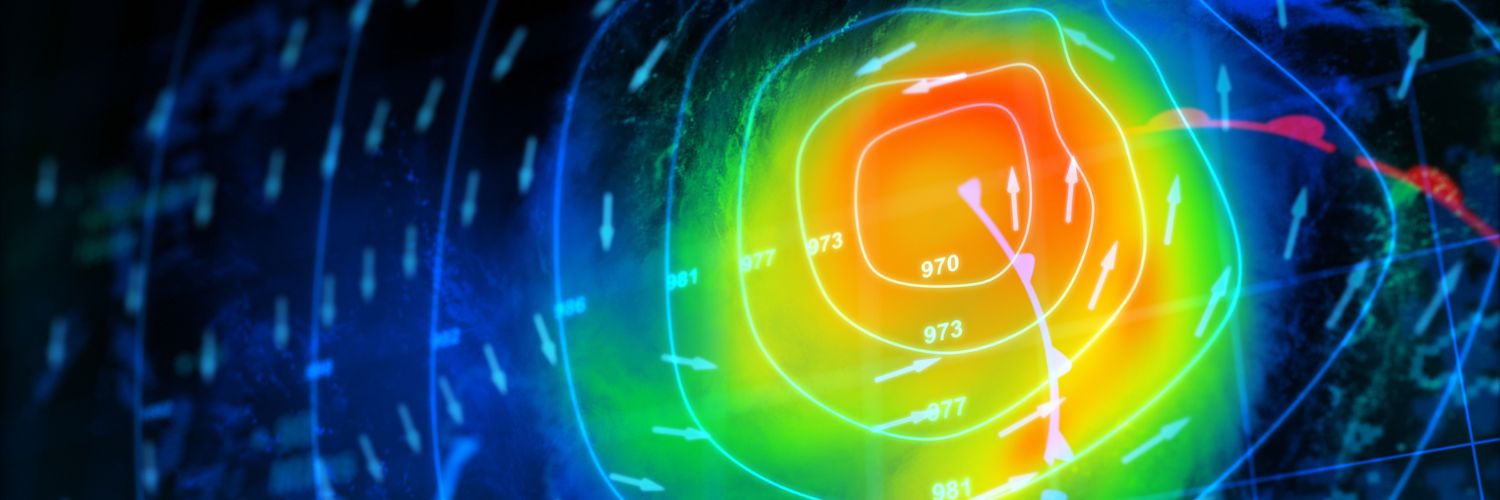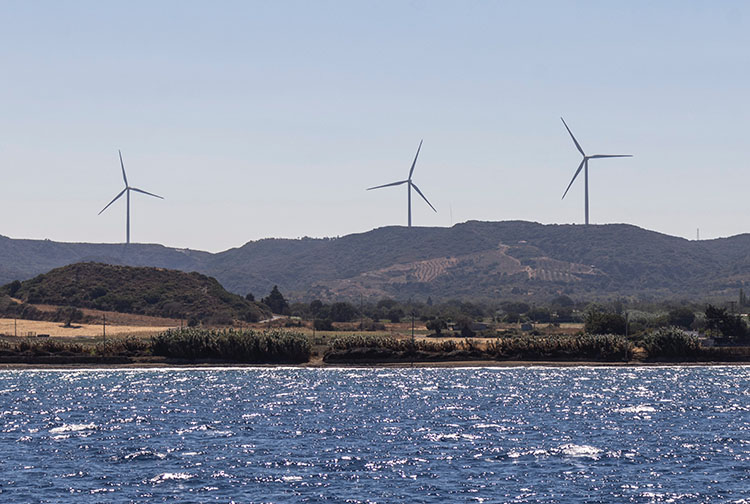

How do climate models work?
The impact of climate change on the environment, the economy and society is becoming increasingly evident. To understand and cope with this phenomenon, scientists rely on complex predictive models that are crucial for assessing the risks of global warming.
Climate projections are essential for assessing the effects of global warming and the resulting risks. Thus, climate change prediction models are technical simulations of the future evolution of the Earth’s climate obtained by running and studying numerical models. These simulations can be performed on a global or regional scale based on the laws of physics, chemistry, biology and atmospheric dynamics.
Global climate models (GCMs) are carried out by a team of technicians and scientists of the Intergovernmental Panel on Climate Change (IPCC), which is based in Geneva and operates under the auspices of the United Nations. This is a multinational body that investigates the causes and effects of climate change throughout the world and is responsible for carrying out negotiations on the different scenarios that are foreseen, as was done within the framework of the Kyoto Protocol.
Although the Spanish State Meteorological Agency (AEMET) is responsible for regionalised climate projections in Spain, since 2008 the Meteorological Service of Catalonia (SMC) has carried out several studies – jointly with the Barcelona Supercomputing Center – to develop regionalised climate projections for the 21st century in our territory.
The methodology behind the prediction models
In order to achieve a reliable simulation, the different prediction models require as much input data as possible: concentration of greenhouse gases or aerosols in the atmosphere, solar radiation, emissions of polluting gases and other factors that can influence the climate.
Once a set of initial conditions based on observed data has been introduced, numerical models and fundamental equations governing fluid dynamics, energy conservation and others related to the interaction between the atmosphere, oceans and land surface can indicate the future behaviour of the climate system if certain scenarios unfold.
These scenarios define trajectories that represent concentrations of greenhouse gases and aerosols, i.e. they are mainly anthropogenic in origin and therefore depend to a large extent on our global behaviour and policy decisions.
Reliability of climate models
Firstly, it should be noted that, unlike a weather forecast, climate models are not intended to make exact, small-scale predictions of what will happen in the next few days, but rather to project climate changes over years or decades, but are by no means intended as a forecast of future weather.
In other words, these daily simulations are statistically interpreted to produce climate projections, leading to studies on the probability that particular weather conditions will be observed in the future. In this regard, an analysis of the reliability of 17 climate models dating back to the early 1970s concluded that most of the models were effective in predicting temperatures in the following decades.
Obviously, beyond an approximation, it is difficult for a climate prediction model to be 100% correct, but models are improving as technology advances and the scientific community is confident that these simulations are the best tool we have for dealing with climate change. In any case, regardless of their effectiveness, we know that we have the capacity to reduce the amount of greenhouse gases we emit on our planet, and we have no reason not to do so.
If you want to discover how to drink the best water, save money and help the planet, go to 11Onze Essentials.
Leave a Reply
You must be logged in to post a comment.





Interessantíssim,
Gràcies
Gràcies a tu, Manel, per ser-hi i per seguir-nos!!!
👌bon article
Moltes gràcies, Carles!!!
gràciess
Gràcies a tu, Joan!!!